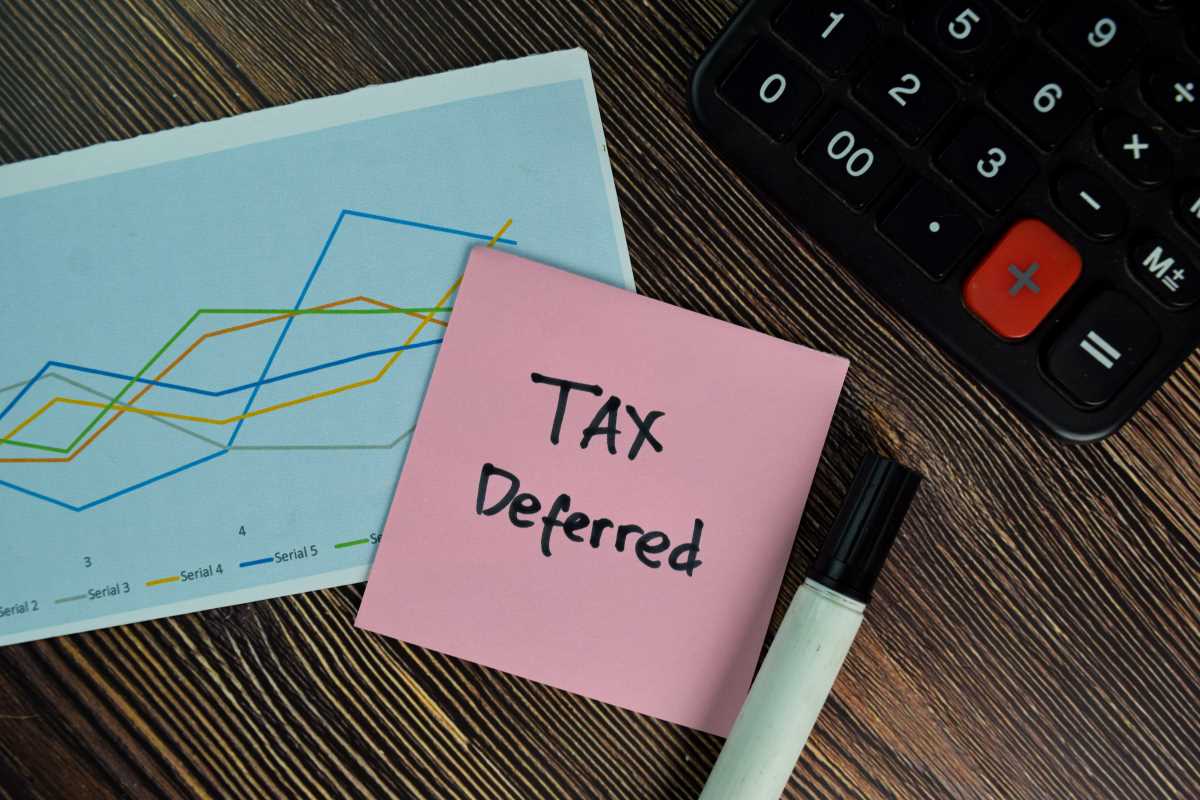Energy fuels the world. From powering homes and schools to running factories and transporting goods, reliable and affordable energy is essential for both daily life and the global economy. But what happens when energy prices skyrocket? Over the past few years, rising energy costs have started to strain countries, industries, and financial systems worldwide.
Why are energy costs going up, and what does it mean for our wallets, jobs, and economies? Understanding this issue is vital because energy touches almost every part of our lives. Let's break it down.
Why Are Energy Costs Rising?
Several factors have contributed to the increase in energy prices, and they’re all interconnected. Here are some of the key reasons behind the rise.
1. Geopolitical Tensions
Geopolitical conflicts, particularly in regions with abundant energy resources, often disrupt energy supplies. For example, when there is political instability or war in oil-producing countries, energy exports may be delayed or blocked altogether.
A major example is the Russia-Ukraine conflict. Russia is one of the largest producers of oil and natural gas in the world, and Europe heavily depends on these imports for energy. Sanctions, pipeline disruptions, and embargoes have created significant shortages, leading to higher prices not only in Europe but globally.
2. Supply Chain Disruptions
The COVID-19 pandemic exposed how fragile global supply chains can be. Restrictions and lockdowns slowed down the extraction, production, and delivery of energy resources like oil, gas, and coal. Even as economies reopen, these disruptions have created bottlenecks, making it harder for supply to catch up with demand.
Additionally, natural disasters such as hurricanes in the Gulf of Mexico—home to many oil rigs—further delay energy production, adding to price spikes.
3. Rising Demand
After a slowdown during the pandemic, global economies are bouncing back, and so is energy demand. Emerging markets like India and China, which are rapidly industrializing and urbanizing, are consuming more energy than ever.
At the same time, developed countries are expanding their energy use with new technologies and transitioning to electric vehicles. While shifting to renewables is great in the long run, these shifts take time, and in the meantime, fossil fuels like oil and gas are still in high demand. This imbalance between supply and demand is driving up prices.
4. Push for Renewable Energy
While investing in renewable energy like wind and solar is essential for combatting climate change, the switch isn’t cheap or immediate. Governments and businesses are spending billions of dollars on transitioning to cleaner energy sources, sometimes leading to short-term increases in electricity costs, especially during periods of insufficient renewable energy output (like cloudy days or windless weeks).
The Ripple Effect on Global Financial Systems
Rising energy costs are not just a problem for your car’s fuel tank or your monthly electricity bill—they create a domino effect that impacts financial systems worldwide. Here's how.
1. Inflation Is on the Rise
Inflation happens when prices for goods and services increase, and energy costs play a massive role in this. Why? Because energy is a major input for producing almost everything.
When oil prices go up, so do transportation and shipping costs. This affects the price of food, clothes, electronics, and countless other goods. For example, a farmer paying more to fuel their tractors or delivery trucks might increase the price of fruits and vegetables.
Inflation makes life tougher for everyone—especially families already struggling to make ends meet. Central banks, like the Federal Reserve in the U.S., often respond by raising interest rates to slow inflation, but this can also cool down economic growth.
2. Economic Growth Slows Down
When energy prices rise, businesses face higher costs. Companies must choose between two unappealing options—raise prices on their products (which can scare off customers) or absorb the higher costs (which shrink profits).
Slowing business growth can lead to layoffs, reduced investments, or even economic recessions. Globally, countries that heavily rely on imported energy, like Japan or Germany, are particularly vulnerable. These nations see their trade deficits (the difference between what they export and import) widen, which slows down their overall economic growth.
3. Consumer Spending Takes a Hit
When you have to spend more on gas or heating your home, you have less money left over for other things, like going to the movies, eating out, or shopping. Since consumer spending is a huge driver of economies, less spending can lead to slower growth or even a shrinking economy.
This is especially true in countries where wages have not kept pace with inflation. For example, in the U.K., rising energy bills have forced many families to cut back on other expenses, challenging industries that depend on consumer spending, such as retail and entertainment.
4. Energy-Intensive Industries Feel the Pain
Some industries depend more on energy than others, such as manufacturing, aviation, and transportation. Rising energy costs force these industries to raise their prices or cut production.
For instance, airlines must deal with higher jet fuel costs, which means more expensive tickets for travelers. Similarly, factories that rely on extensive machinery may have to reduce output to save on electricity bills, disrupting global supply chains even further.
5. Investment Markets Are Jittery
Stock markets reflect how confident people feel in the economy’s future. Rising energy costs often create significant uncertainty among investors. Companies in industries heavily tied to energy costs may see their stock values drop. At the same time, energy companies benefit, creating winners and losers in the marketplace.
Commodities like crude oil and natural gas often see price spikes, which can attract traders—further increasing volatility in global financial systems.
How Countries and Industries Are Coping
Rising energy costs are forcing countries and businesses to come up with creative solutions to manage the crisis. Here are some examples of how they’re adapting.
1. Investing in Renewable Energy
Countries are accelerating their transition to renewable energy sources like wind, solar, and hydropower to reduce their dependence on expensive fossil fuels. Governments are offering subsidies, building green infrastructure, and encouraging innovation to make clean energy more accessible and affordable.
For instance, Denmark now gets around 50% of its electricity from wind power, reducing its reliance on volatile energy imports.
2. Energy Efficiency Measures
Businesses are adopting energy-efficient technologies to lower costs. For example, factories are switching to LED lighting, improving insulation, and upgrading machinery to consume less power. Even households are joining in by installing smart thermostats or opting for energy-efficient appliances to save on utility bills.
3. Exploring Alternative Suppliers
Countries are diversifying their energy imports to avoid relying too heavily on one region. Europe, for instance, is importing liquefied natural gas (LNG) from the United States and the Middle East to reduce its dependence on Russian gas.
4. Government Intervention
Some governments are capping household energy prices or offering subsidies to help citizens cope. For example, France implemented a price cap on electricity to shield people from soaring costs, while India has announced subsidies for its farmers to reduce the impact of expensive fertilizers (which rely heavily on natural gas).
Final Thoughts
Rising energy costs may seem like just another line item in your budget, but their effects ripple across the global economy, impacting inflation, industries, and even international relations. While the road ahead is challenging, solutions like renewable energy, efficiency improvements, and diversification can help manage the crisis in the long term.
Understanding these dynamics is the first step toward adapting to and addressing them. Whether it’s turning off lights when leaving a room or supporting policies that encourage clean energy, every small effort counts. Energy powers the world, and how we manage and adapt to its costs will shape our future.







